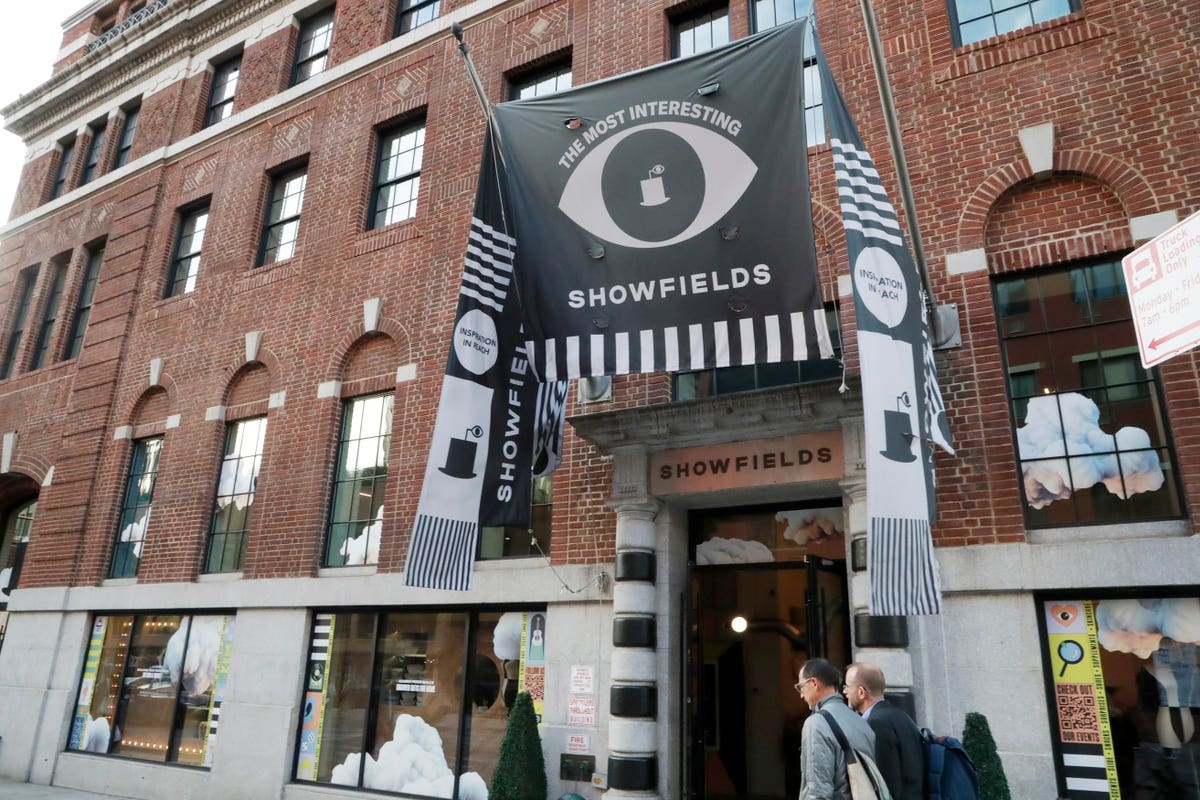Showfields filed for Chapter 11 bankruptcy protection, just a few weeks after closing its Manhattan and Miami locations. Designed as a lifestyle and discovery store to make the retail experience more interactive and engaging, the retailer positioned itself as “the most interesting store in the world” when it launched in 2019. What happened?
Hit by the pandemic and the combination of declining sales and mounting debt, Showfields filed for bankruptcy last Friday, at which point its CEO declared having just over $3,000 in cash and up to $10 million in liabilities according to court filings. After opening its first flagship in NoHo in 2019, the company then opened four more stores in Miami, L.A, Washington and Williamsburg in high-coveted locations. The leases of these stores highly contributed to expenses it could no longer cover, especially considering the slow return of post-pandemic in-store shopping and a difficulty for sales to follow. The filing indicates that “as with most commercial enterprises established almost immediately prior to and during the Covid-19 pandemic, the Debtor was plagued with lower-than-expected revenue streams”. In addition, some stores demonstrated fragile execution, with a lack of store managers available and a sometimes confusing shopping experience.
Now, the company is focused on reaching profitability and fine-tuning its business model, which is mainly based on membership fees from the brands it sells. Showfield’s CEO shared that, equipped with strong learnings, a revised economic model will allow the retailer to focus on its future stores, as it has demonstrated with its latest L.A and Washington locations. To do so, it has secured new financing, which will allow a proper restructuring needed to move forward and focus on new growth, with a potential expansion into Europe.
Co-founded by Tal Nathanel, Showfields aimed to reinvent the retail experience, enabling shoppers to interact mostly with DTC brands and engage in a more immersive, enjoyable way. Each location has been designed with creativity and engagement at the heart of the store experience, allowing space for events and community gathering, as well as brand interactions. Calling itself “the most interesting store in the world”, it received a lot of press and footfall from curious shoppers wanting to explore a unique, fun store. However, while the ambition to create a new type of retail experience was certainly a good one, the execution seemed to fall short of expectations: getting shoppers curious to browse and explore is a great start, but failing to create the bridge between exploration and conversion is a costly mistake. The path-to-purchase in Showfields’ original NoHo location was very confusing and customer service often lacked a sense of engagement, as if they knew shoppers were just visiting to go down the slide or take pictures.
This executional weakness was likely identified by management, which now seems confident it will materialize its vision in a much more impactful way. Building immersive and engaging retail experiences is exactly what brands need and shoppers long for, but proper execution is crucial to deliver actual value to customers. With this restructuring in place, Showfields is given a new opportunity to almost start over while continuing to honor its mission of fostering unique connexions between brands and shoppers in an experience-driven retail environment. However, rethinking its business model and store execution will be key to secure long-term sustainable and profitable growth.
Read the full article here





